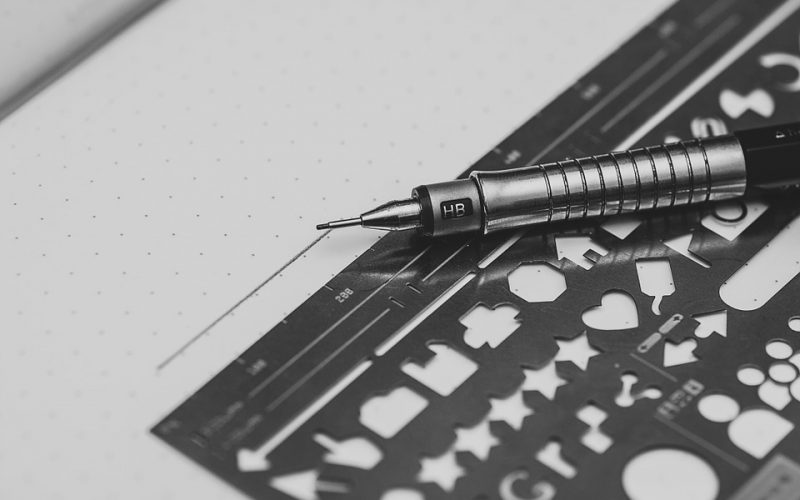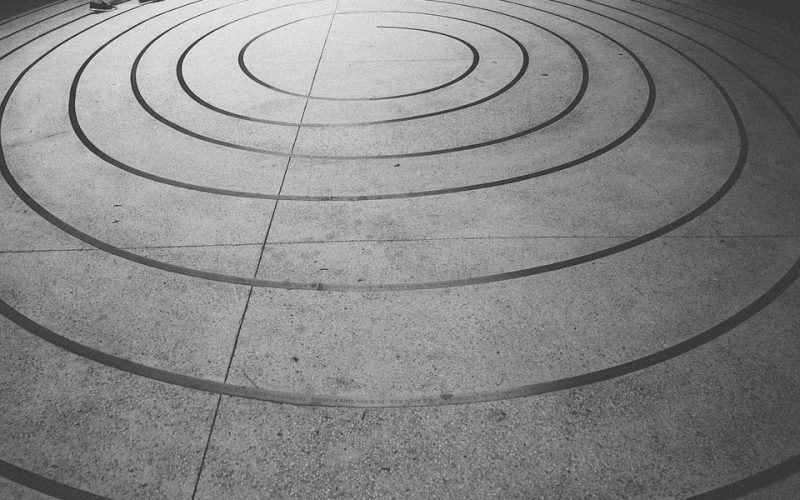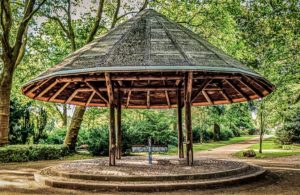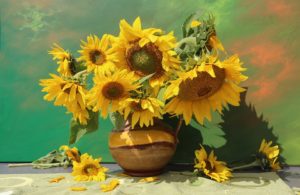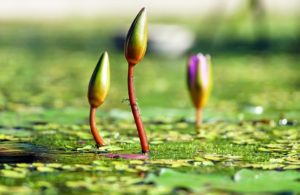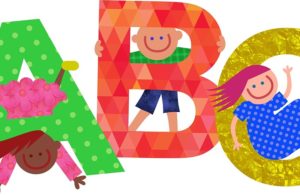Nature never makes exactly the same form twice. While small differences are apparent if examined closely, groups of items will look all the same to the naked eye. They are close enough in form to create an overall pattern that is pleasant to view. The leaves on a tree are an example of a group of items that are all a bit different yet seem the same. The pattern they form appears to be made of identical items and is enjoyable. Just because the items differ slightly does not take away from their beauty.
Modern man prefers items in a pattern to be exactly the same. This is the difference between natural and man-made items. People will take the time to figure out a method to make every item appear the same no matter how much work it is for them. Stenciling is a way for people to achieve this goal. A leaf pattern is cut out and paint, ink or chalk is used to fill the empty space of the stencil while it is held against the item to be marked. Even repeating this operation multiple times allows the exact same form to be created on a surface.
Stenciling has been used for many years to add patterns within homes. A border stenciled near the ceiling of a room adds a layer of decoration. Using a stencil for the items in the border makes a cohesive pattern all the way around. The stenciled outline of the object is placed against the upper wall and a brush, roller or sponge is used to apply the paint. This technique takes a bit of time, but is an effective way to add color and form.
There are places where stencils cannot be used effectively. Smaller items such as decorative cups and bowls may be too small for a stencil. To get the same pattern around them, ceramic transfers and ceramic decals can be applied. This is an easy and creative method to add a decorative layer without stenciling. The color is ready to transfer onto the object without painting through a stencil that may be too large or awkward to use.
